Transition
It actually has been a productive week despite my continued exhaustion (I have not slept through the night since breaking my shoulder 7 weeks ago). I finished repairing the bag footings by Tuesday (ahead of the schedule I had set at the beginning of the week) and then started cleaning up to prepare for the main membrane installation.
One of the outstanding tasks was to pressure wash the ICF wall at the base of the ramp due to the fines embedded into the pours of the ICF after I had a load of gravel delivered by the Tupper Landscaping stone slinger. I have to say, that I was rather furious by the end of the cleanup process, at the extra work that this company had caused me. It was not bad enough that the gravel had not been properly spread out (something you are already paying extra for when you order a stone slinger), and that it took me two days to rake out what should have been done by the time they left. Then the gravel was very sharp and difficult to shovel or rake. Finally there was the 1/4″ – 1/2″ of fines that were deposited all over the scaffold, ramp, and worst of all, my porous ICF wall. Fines that turned to a mortar like consistency when dry and a black sludge when wet. Apparently the rock is Basalt that they crush themselves from their stockpile in Squamish. The decision to use Tupper was a very bad one and I hope this entry helps others avoid my pain.
With the ICF cleanup up, I moved on to installing the transitional membrane. I am using Soprema’s Flam Stick, which allows for a Peel and Stick application to the substrate that you can then torch a membrane onto itself. This allows for the transition from the main Torch’N Stick membrane to the Fastfoot bag footings.
I will talk more about the Fastfoot on my blog in the near future, but I am now thoroughly against the use of this product. Any savings of time and materials that this product represents in the footing process is more than eaten up by the need to protect it throughout the rest of the build. It would be better to have a traditional square formed footing that you then apply a membrane to the top surface prior to pouring the foundation. This would be more effective at stopping rising damp and be much easier to detail. But I digress.
The transition membrane was installed by Thursday and the last prep needed prior to membrane installation to the ICF was to drill out the rim boards where ever I had formed in a pipe penetration through the foundation. Friday was occupied with a material run to pick up the torch on membrane and the perimeter and storm drain piping. I finished the day creating B.A.T. Jr. 2.0 as the first version quickly tore off. This time I stapled the plastic to the deck and just in time as we had quite a bit of rain today. The system is not perfect and the plywood is still getting wet, it just does not have pounding water sitting on it and saturating. I cannot wait to get the back-fill complete so I can install a new main tarp.
Today I primed a portion of the ICF with Elastocol 500 and cut some 8’7″ strips of membrane ready for torch on. I realized a couple of days ago that I had no possibility of doing the torch on myself as I cannot raise my left arm above about chest height (a big improvement from a week ago where I could not raise above waste height). SO I reached out to a colleague who has hooked me up with a Red Seal roofer named Cory Couture. Cory’s ‘day’ job currently is at RDH, but he has a long history of torch on experience. He will be installing the system for me and I will be as helpful as I can throughout the process. He will mainly be working on weekends and we we start at the bottom of the ramp and then along the south wall so that I can start backfill in these locations. I need to get the south side filled in so that I can move the tractor to the back yard where the main fill stockpile is located.
During the week, I will start on the perimeter drainage. By the end of the week, I hope to have the drain pipe inspected and be ready to back-fill by Monday the 20th.
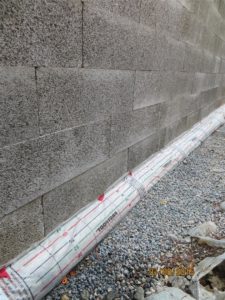
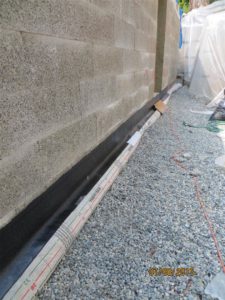
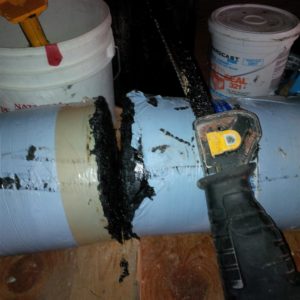
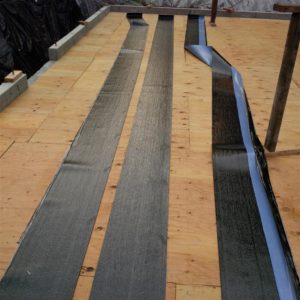
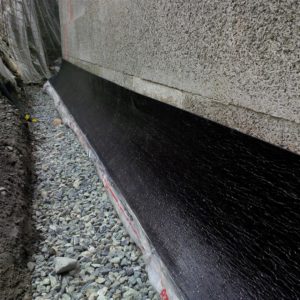
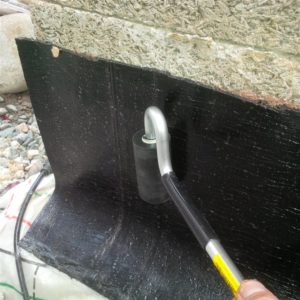
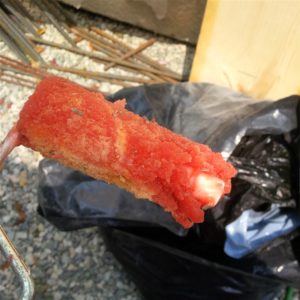
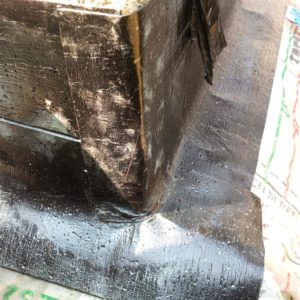
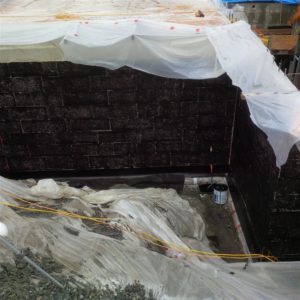
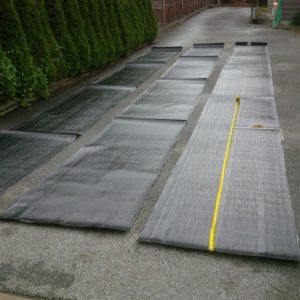
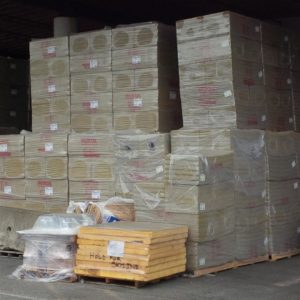
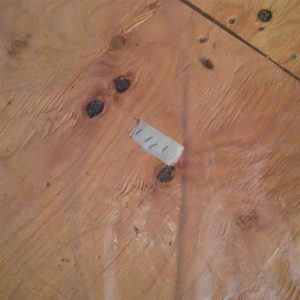
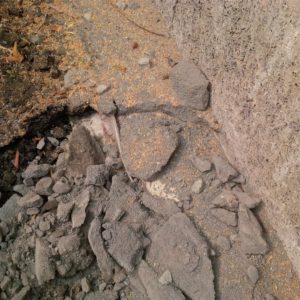
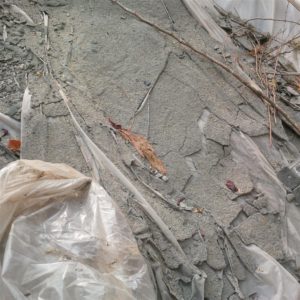
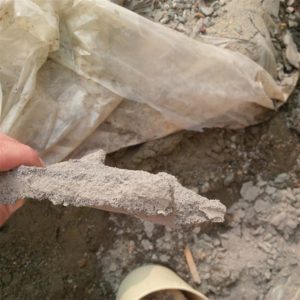
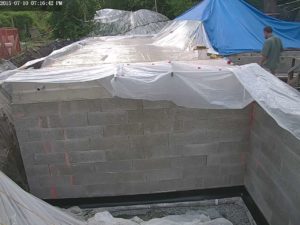
Thanks for visiting.
